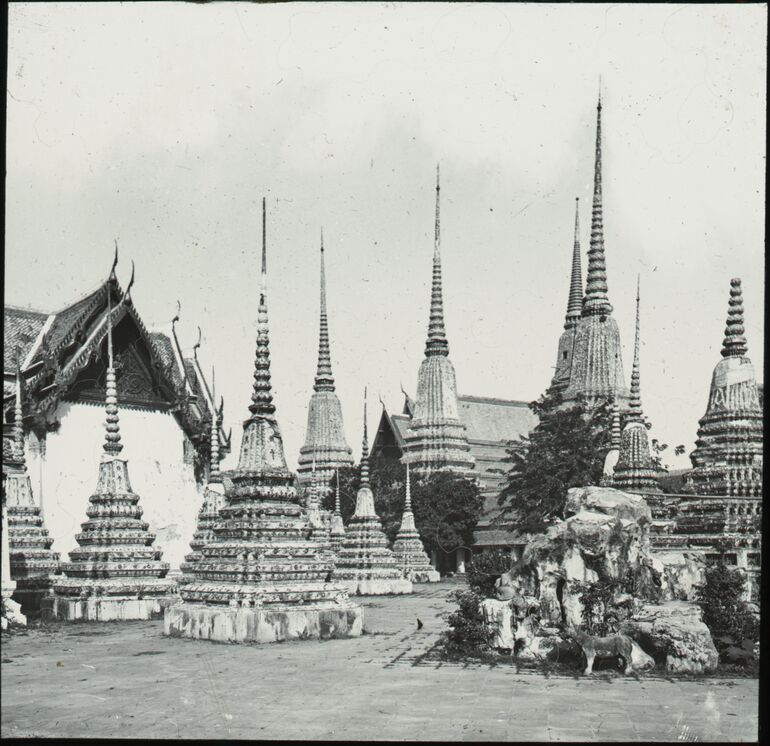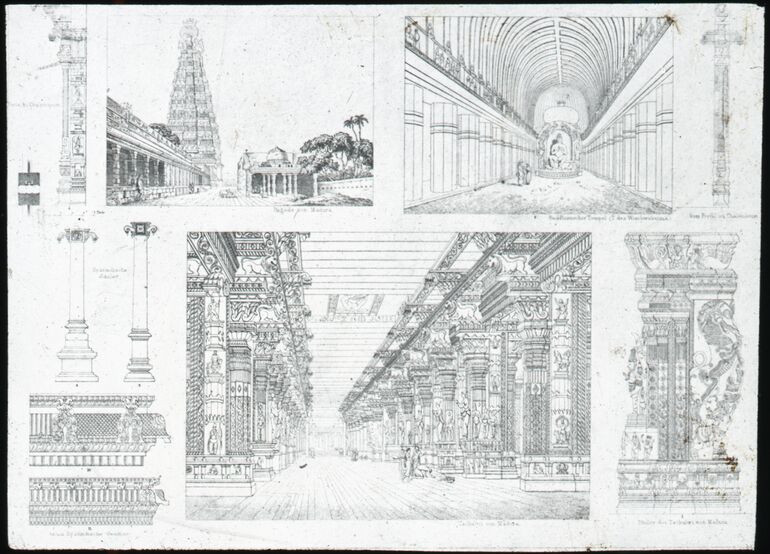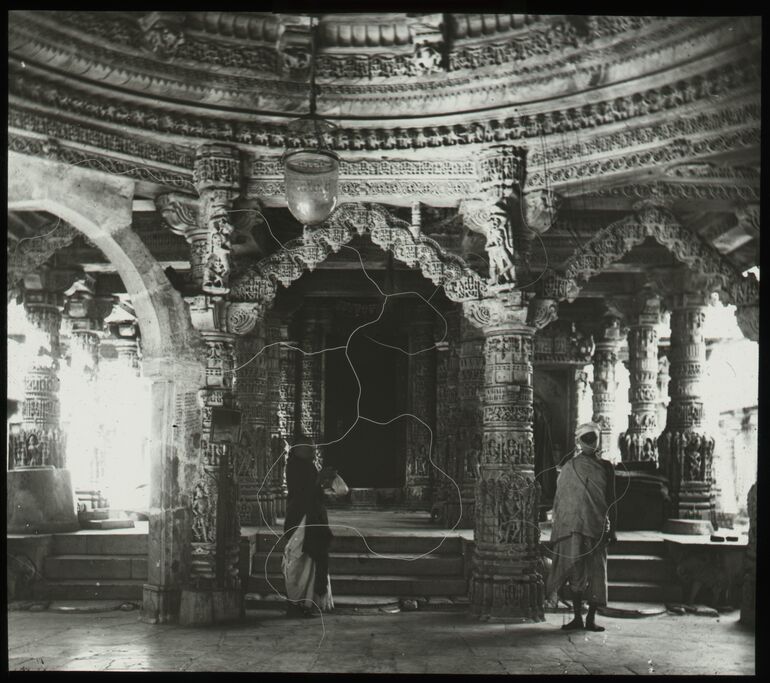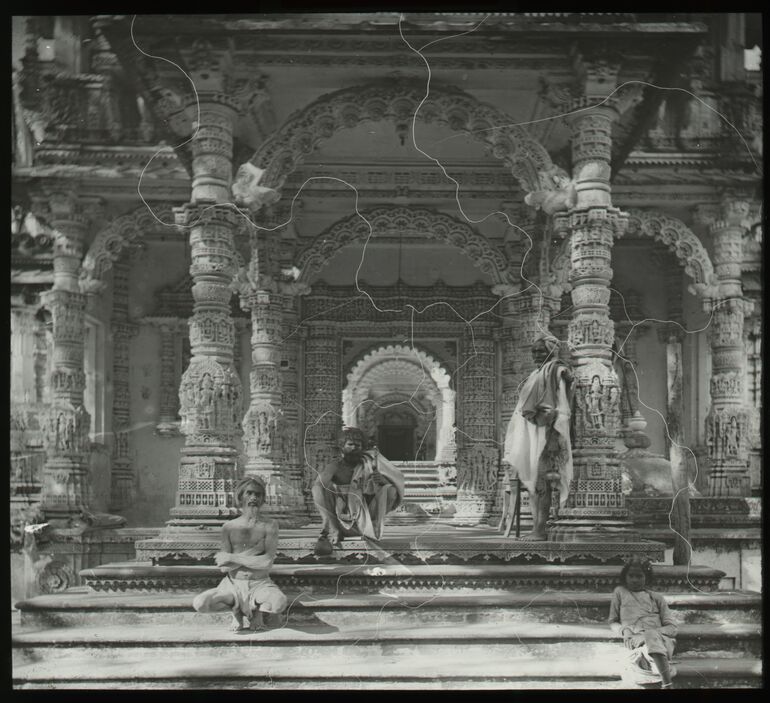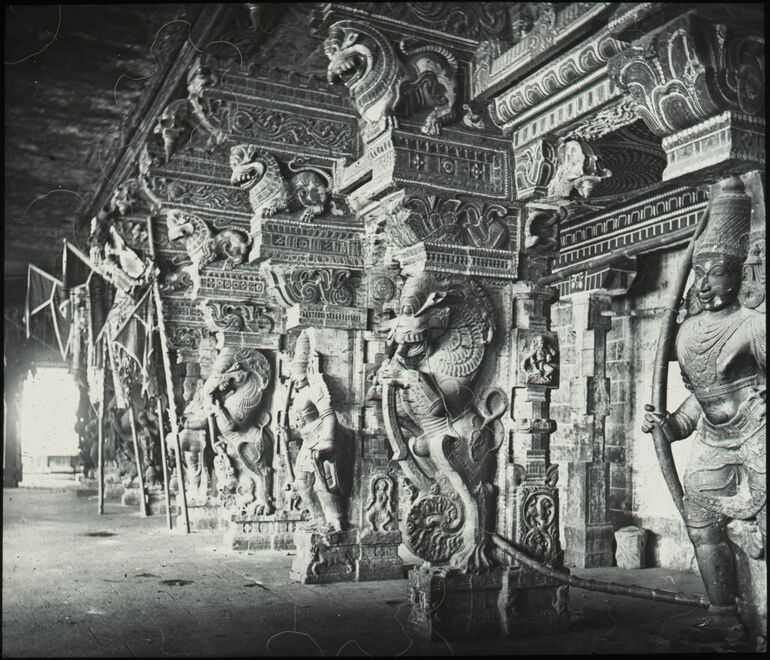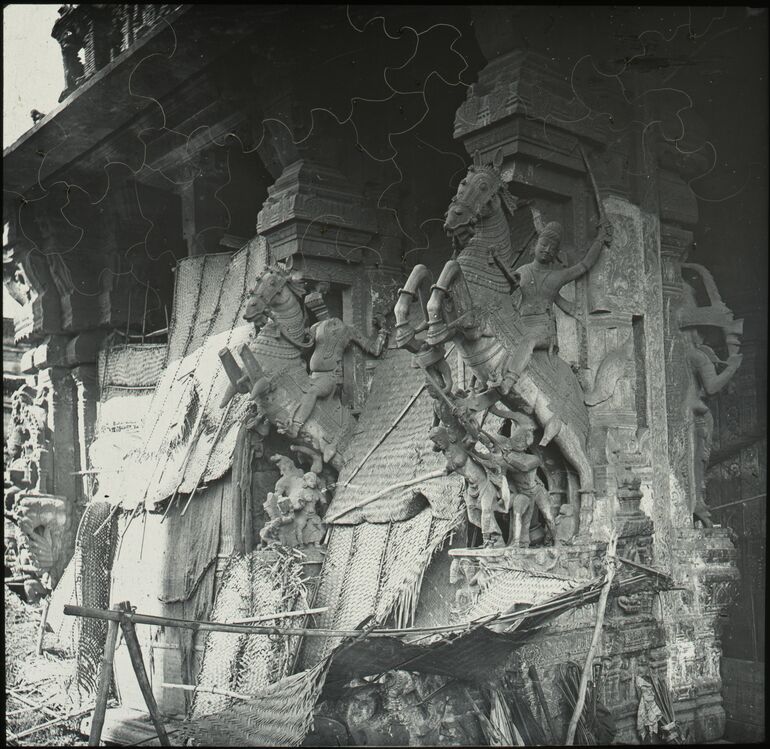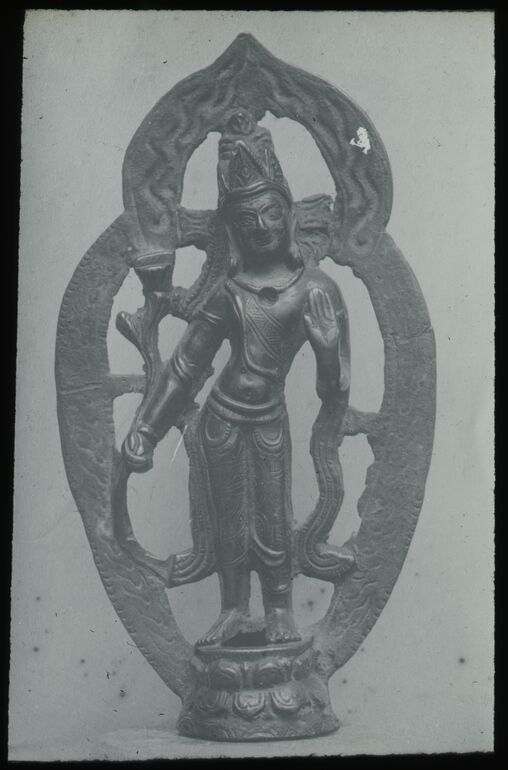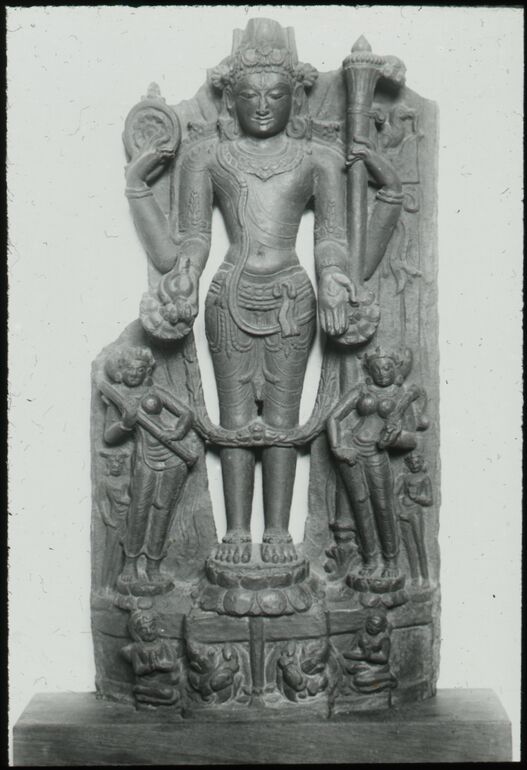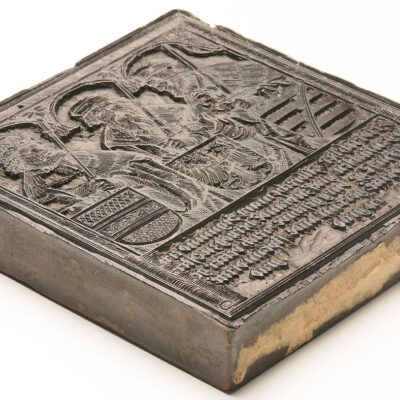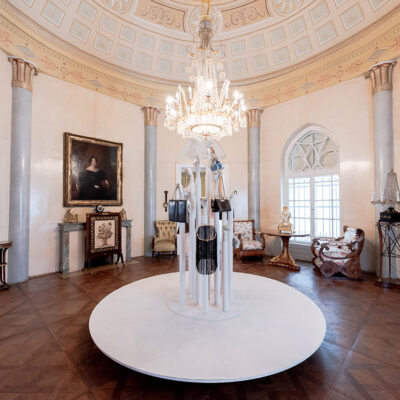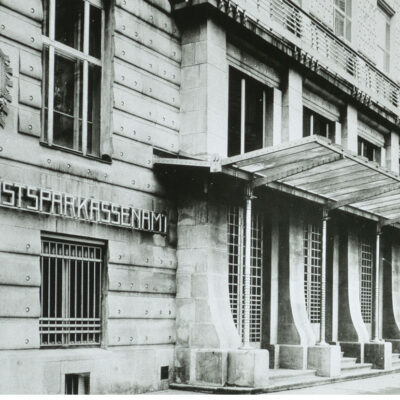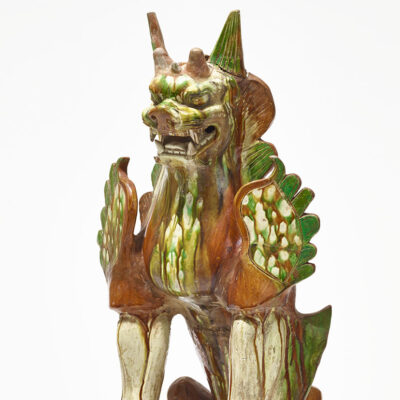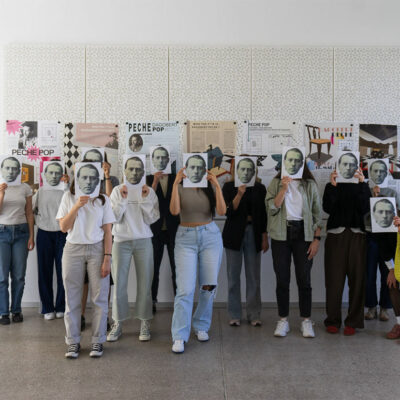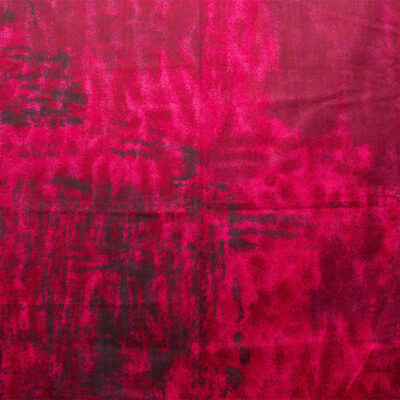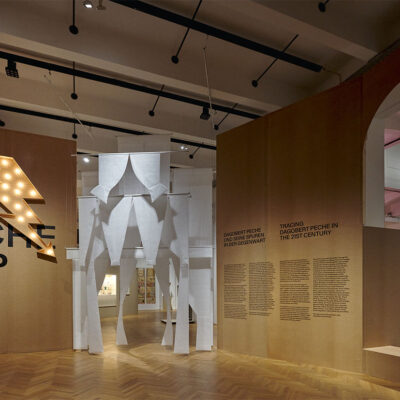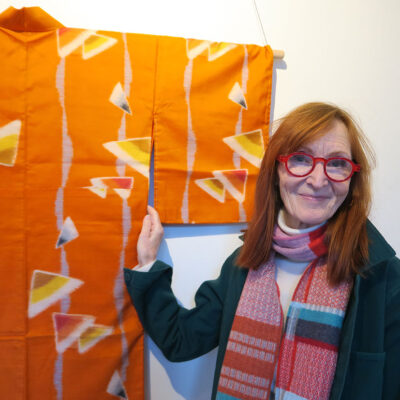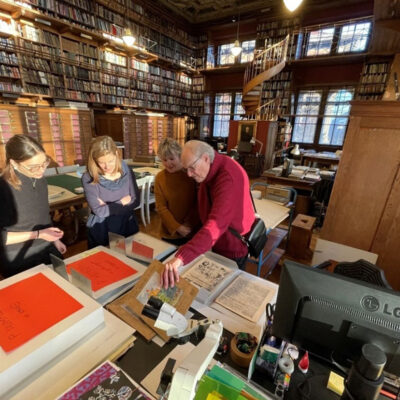Title
- Hamzanama (original-language title)
- Hamza-nama (Originaltitel)
Collection
Production
- client / customer: Akbar The Great, India, 1557 - 1577
- illustrator: Mir Sajid Ali, India, 1557 - 1577
- illustrator: Abdus-Samad, India, 1557 - 1577
- illustrator: Dawanth, India, 1557 - 1577
- illustrator: Shravana, India, 1557 - 1577
- illustrator: Basavana, India, 1557 - 1577
- illustrator: Banavari, India, 1557 - 1577
- illustrator: Jagana, India, 1557 - 1577
- illustrator: Mukhlis, India, 1557 - 1577
- illustrator: Mah Muhammad, India, 1557 - 1577
- illustrator: Madhava Churd, India, 1557 - 1577
- illustrator: Lalu, India, 1557 - 1577
- illustrator: Mahesa, India, 1557 - 1577
- illustrator: Bhavani, India, 1557 - 1577
- illustrator: Kesava Dasa, India, 1557 - 1577
- illustrator: Tara, India, 1557 - 1577
Period | Style | School
Subject
Material | Technique
Measurements
- height: 70 cm
- width: 55 cm
Inventory number
- BI 8770
Acquisition
- purchase , 1873
Department
- Library and Works on Paper Collection
Parts
- book painting, Emissaries bring news from the provinces of Khaybar and Chin to Anoshirvan / Anoshirvan sends an army against Bahram
- text, Preface to volume 11 / Ownership and inspection seals
- book painting, Umar is thrown over the wall, but is unharmed
- book painting, Umar foils a plot against Hamza during a campaign against Greece / Feridun Shah, the king of Greece, converts to Islam and marries is daughter to Hamza
- book painting, Prince Badi'uzzaman fights Kharatish
- book painting, Hamza, Landhaur, and Zumurrud Shah stand bound before Lakman's throne
- book painting, Hamza tries to help Umar, but discovers the man is only an impostor
- book painting, Hamza fights Tahmasp
- book painting, Prince Badi'uzzaman fights Iraj
- book painting, Prince Rostam frees Khurshed Khawari from the captivity of a demon
- book painting, Hamza's son Rostam fighting Malafard
- book painting, Landhaur frees Hamza's grandson from prison / Hamza's son Rostam and Mihrafroz are warned by startled birds
- book painting, Umayya frees Umar, who has been imprisoned by Iraj
- book painting, Iraj fights Hamza's friend Asad
- book painting, Umar defeats a dragon
- book painting, Hamza is released from prison by his companions
- book painting, Duel between a Muslim hero and a warrior astride a rhinoceros
- book painting, During a campaign Hamza kills the leader of the Qaf, people who have elephant ears / ownership and inspection seals
- book painting, Landhaur, the son of the king of Ceylon, is abducted in his sleep by a demon
- text, Preface to volume 13 / ownership and inspection seals
- book painting, [...] in Arzan Ibrahim [overthrows] As Zangi [...]
- book painting, The Amir seizes the Queen of Zarduhusht and makes her Muslim
- book painting, Umar escapes from bondage and shaves the beard from Kamran's face
- book painting, Umar hits the foot soldiert on the head with a staff, and the messages come out
- book painting, Songhur Balkhi and Sabukpa Egi get up onto Qimar's Fortress with Lassos
- book painting, Two brothers pick up an elephant on the field; Farrukhnizhad goes, picks the elephant up, and converts them to Islam
- book painting, The Amir breaks his bonds, and Umar kills the witch Barvezan
- book painting, Several thousand urns appear, and all of Zumurrud Shah's soldiers get on the urns
- book painting, Umar makes a tunnel and gets out of prison and rescues the Amir
- book painting, Tul Zangi and Farrukhsuwar are captured by Tahmasp
- book painting, Hamid achieves union with Mihrdukht
- book painting, Mihrdukht shoots an arrow and sends the foot soldiers after it; she gets into a boat with an old man and sails away
- book painting, The Khwaja puts Bihbud, Qalmas , and Khwarmah into chests together with Pabus Ayyar
- book painting, Surkhab comes out of the mountain fortress and places his head on the Amir's foot
- book painting, Hamza is brought to prison
- book painting, Princess Malak Mah and Hamza's spies search for Sa'id, when she is kidnapped by a sorceress
- book painting, The coming of a veilded youth and the killing of Marku' Boar-Tooth
- book painting, Mahiya and Zambur render Ghazanfar unconscious and throw him from the fortress into the sea
- book painting, The veiled youth brings Malik Bahman out
- book painting, The Amir, Umar, and Umar Ma'dikarb come to the foot of the Noshad fortress
- book painting, Ayjil aand Alamshah are made acquainted, and Khwaja Nu'man's first trick in Takaw
- book painting, Mahlaj shows his skill to Zumurrud Shah and runs a spear through a tree
- book painting, Khosh-Khiram cuts off Kajdast Ayyar's head
- book painting, Malak Mah kills Ambar Zangi at the prison door, and the Amir's Ayyars get him out
- book painting, Shahrashob seizes the Amir [...] and puts [him] in a boat
- book painting, Malak Mah comes to the camp of Islam by night, sees Sa'id Farrukhnizhad, and falls in love with him
- book painting, Umar gets into a boat and goes after the Amir and [...]
- book painting, Shahrashob brings the captured Hamza to Takaw
- book painting, Tahmasp grapples with Marzban, and Umar throws a stone at Tahmasp's head
- book painting, Malik Qasim jumps into the river to save Badi'uzzaman
- book painting, Umar brings Hamza the ring of Zumurrud Shah
- book painting, In combat, Qasim beheads Kayhur's Rhinoceros
- book painting, [unreadable]
- book painting, Yunus meets Umar on the sea
- book painting, A hand appears and carries off Umar Amali
- book painting, Hamid gets out of the city, Hamraq and Tamraq go after him and are killed, and [...]
- book painting, Sherafgan breaks a talisman
- book painting, Malik Bahman meets with Sa'id's sons
- book painting, Songhur Balkhi and Lulu are welcomed by the spy Baba Bakhsha
- book painting, Baba Junayd helps Hamza's companions and fends Shahrashob off
Description
-
Das Hamzanama basiert auf einer über viele Jahrhunderte mündlich tradierten Geschichte. Sie erzählt von Hamza ibn Abdul-Muttalib (ca. 569–625), dem Onkel des Propheten Muhammad (um 570–632). Der historische Hamza stand dem Islam zunächst ablehnend gegenüber, bis er 615 konvertierte und sich zu einem seiner vehementesten Verfechter entwickelte. Die historischen Tatsachen wurden im Laufe der Jahrhunderte mit allerlei fiktiven Handlungen angereichert. Die Geschichten des Hamzanama handeln von den Kämpfen der Muslime gegen die „Ungläubigen“ und demVersuch, sie zu bekehren; aber ebenso von sagenhaften Zauberern, Dämonen und Feen, von tapferen Helden, mutigen Frauen und trickreichen Spionen, die im Leben des Amir Hamza eine Rolle gespielt haben sollen. Im Auftrag Akbars, des „Großen“ (reg. 1556–1605), des wohl einflussreichsten Mogul-Herrschers, entstand das Hamzanama zwischen 1557 und 1577 in dessen Hofwerkstätten. Es zählt zu den wichtigsten Werken der Malerei der islamischenWelt. Von den ursprünglich in 14 Bänden zusammengefassten 1.400 Blättern des Hamzanama Akbars sind heute insgesamt noch 200 in verschiedenen Sammlungen weltweit erhalten. Das MAK besitzt mit 60 Blättern das größte Konvolut.
(Brigitte Moser IN : Global:Lab : Kunst als Botschaft ; Asien und Europa, 1500 - 1700 ; [anlässlich der Ausstellung ..., MAK Wien, 3. Juni bis 27. September 2009] = Global:Lab : art as a message ; Asia and Europe, 1500 - 1700 / hrsg. v. Peter Noever ... . - Ostfildern : Hatje Cantz , 2009)
-
book painting, Hamzanama, Akbar The Great, MAK Inv.nr. BI 8770
Last update
- 16.10.2025
